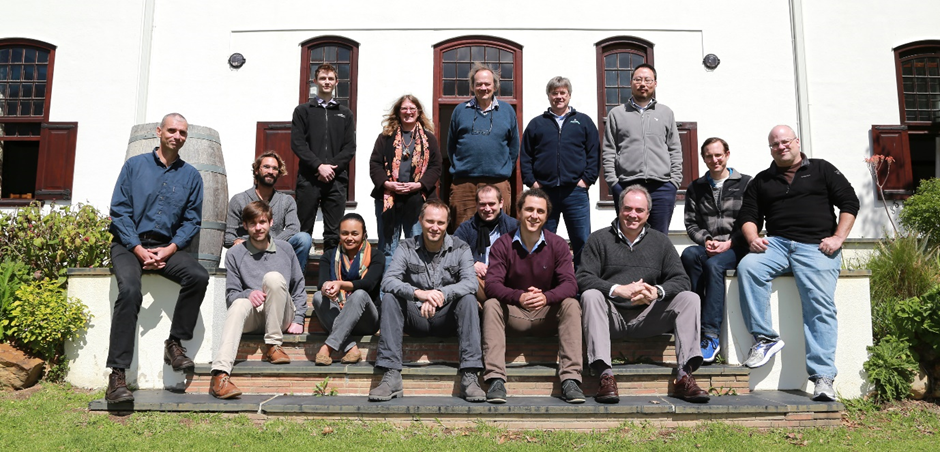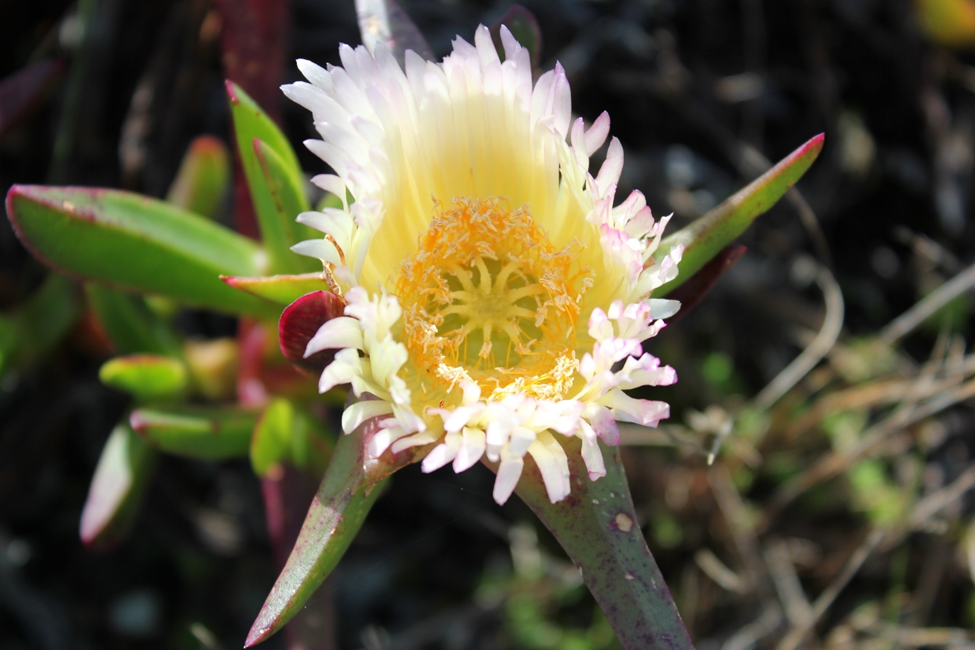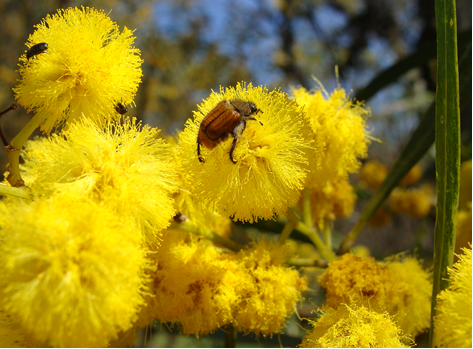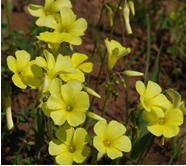Unifying fields is required to advance invasion science
Despite the fact that, by definition, alien species invade ecological communities, invasion and community ecology have mostly grown independently. This led to differences in how ecological processes are considered in the two fields, which can be detrimental for understanding and predicting the spread and impacts of alien species.




